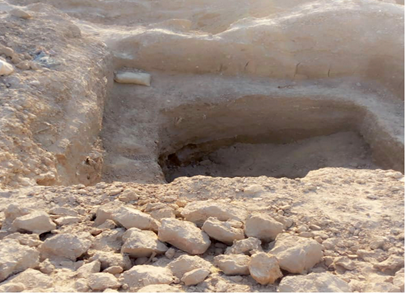Cobalt’s Human Cost
Sometimes making the parts necessary for green technologies can have dire effects on human wellbeing. The cobalt used in lithium-ion batteries in Africa’s Democratic Republic of the Congo (DRC) is a good example. Researchers led by Northwestern University are studying how emerging technologies affect human health and livelihoods. The resulting case study and perspective paper were recently published in the journal One Earth.
Northwestern’s Jennifer Dunn is an associate professor of chemical and biological engineering at Northwestern’s McCormick School of Engineering and associate director of the Center for Engineering Sustainability and Resilience.
The researchers conducted exploratory fieldwork in cobalt mining communities in the Lualaba Province, DRC, collecting qualitative data through in-depth interviews and focus-group discussions with miners and community members.
What they discovered was deeply troubling. Cobalt mining is associated with increases in violence, substance abuse, food and water insecurity, and physical and mental health challenges. Community members reported losing communal land, farmland, and homes, which miners dug up to extract cobalt. Without farmland, Congolese people were sometimes forced to cross international borders into Zambia to purchase food.
Cobalt and other metals pollute water, air, and soil, leading to decreased crop yields, contaminated food and water, and respiratory and reproductive health issues. Miners reported that working conditions were unsafe, unfair, and stressful. Several workers noted that they feared mineshaft collapses.
Because the quality of the social impact assessment relies on the quality of the data, the researchers identified five categories of data sources, which can be leveraged to understand localized effects of mining better:
- interviews and focus groups of affected community members;
- local public records, including land-related court claims, documentation of forced migration and publicly available health records;
- cross-culturally validated scales, including data collected by national statistics agencies and organizations such as UNICEF and the World Bank;
- data collected for the Sustainable Development Goals; and
- remote sensing and imagery, including satellite imagery showing how farmland has changed after cobalt mining is established.

